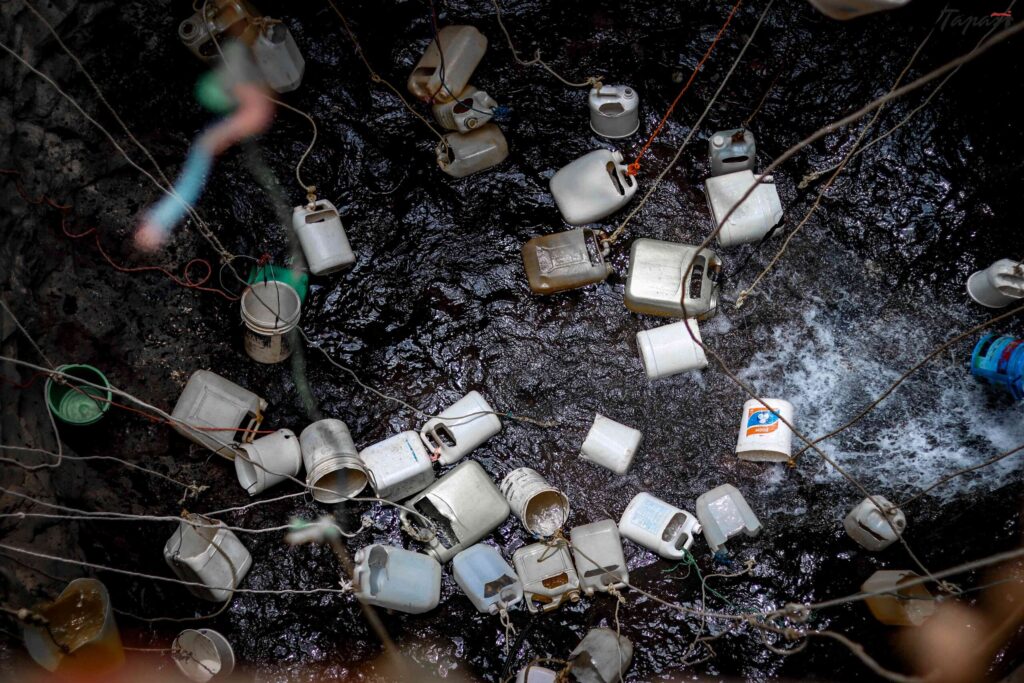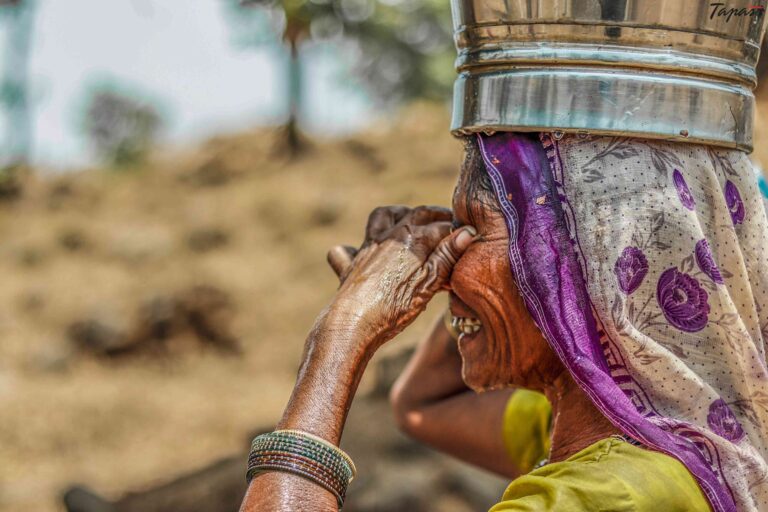Project Thirst

The rising water crisis in the country has been a much talked about issue in recent years, and rightly so. Despite housing over 1.3 billion people, India has only 4% of the world’s fresh water. And this too is fast depletion due to faulty usage and distribution and the ever increasing urbanization at the cost of natural water sources.
Many cities in India are fast approaching ‘Day Zero’, with a NITI Aayog report forecasting that as many as 21 cities are bound to run out of groundwater by 2020. Moreover, about 70 percent of the country’s fresh water is also contaminated.
In such a situation, coupled with the changing weather patterns due to climate change and global warming bringing in even less and dissipated rainfall, the natural reservoirs are losing water at a tremendous rate, standing at just fractions of their total capacity every summer.

One such region in India which has been facing acute water crisis for years are the villages in Maharashtra. Concluding from our secondary research about the worst affected areas in Maharashtra, we decided to focus on the villages of Mhaismal, Galwad, Pangarne, Deola and Dandichibari, in Ahmednagar and Nashik districts.
We decided to document the miseries brought to the lives of the residents of these villages by the constant lack of access to clean water through the summer months of June and July 2019. We managed to bring this initiative to reality through the efforts of our fundraising team and the generosity of the patrons who understood the pressing need for revealing the exact extent of the condition of water scarcity in the area.


We knew from the data from the Water Resources Department that the availability of freshwater in Nagpur had fallen from 11.56% in 2018 to 5.68% in 2018, and in Nashik from 14.98% to 4.98%, and that eight out of the nine major dam projects in the Aurangabad division were left with little to no water. Yet, none of these figures prepared us for what we witnessed when we reached our location.
The entire lives of the residents revolved around water, with a major portion of the day lost in collecting and saving water. The scarcity of water was such that there wasn’t enough for basic daily needs, let alone for irrigation and cattle rearing. Women and children would walk hours in sweltering heat to the nearest, ever-depleting borewells to collect pitchers of water which would then be shared by the entire family.
Every household had a story of woe around the water scarcity, many claiming that the situation has been such since the very independence of the country. A mother of 6 children had to designate specific days for each child to have a bath as they couldn’t all bathe daily from the little water they procured. There is little in the way of a basic quality of life for these people forever pressured by the need to procure water.

While the number of tankers deployed in the area is increased each year, the dryness is proportionally on the rise necessitating more and more water to be made available to them.
These areas lack natural water sources, and the lack of focus towards creating water sources has made matters worse over the years. This has created a perpetual cycle of lack of water and the increasing dependence on water tankers to meet the water needs of the people.

